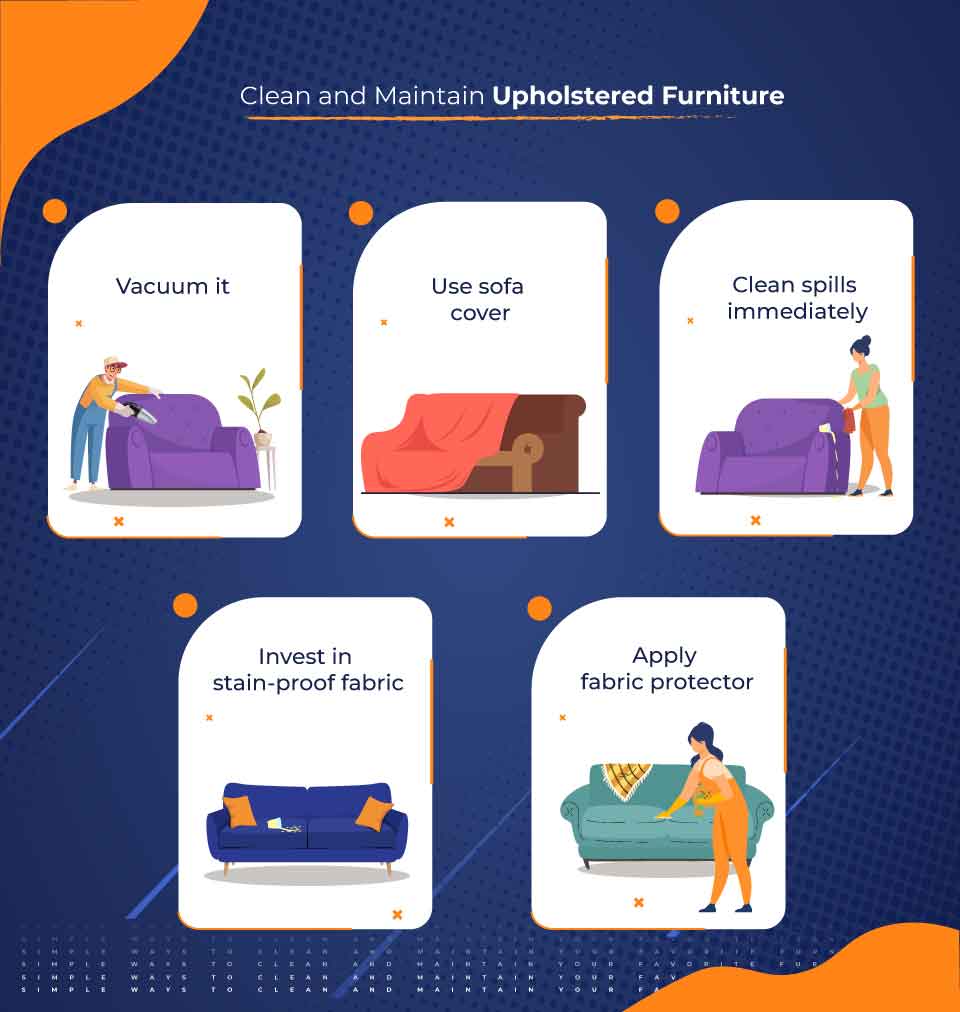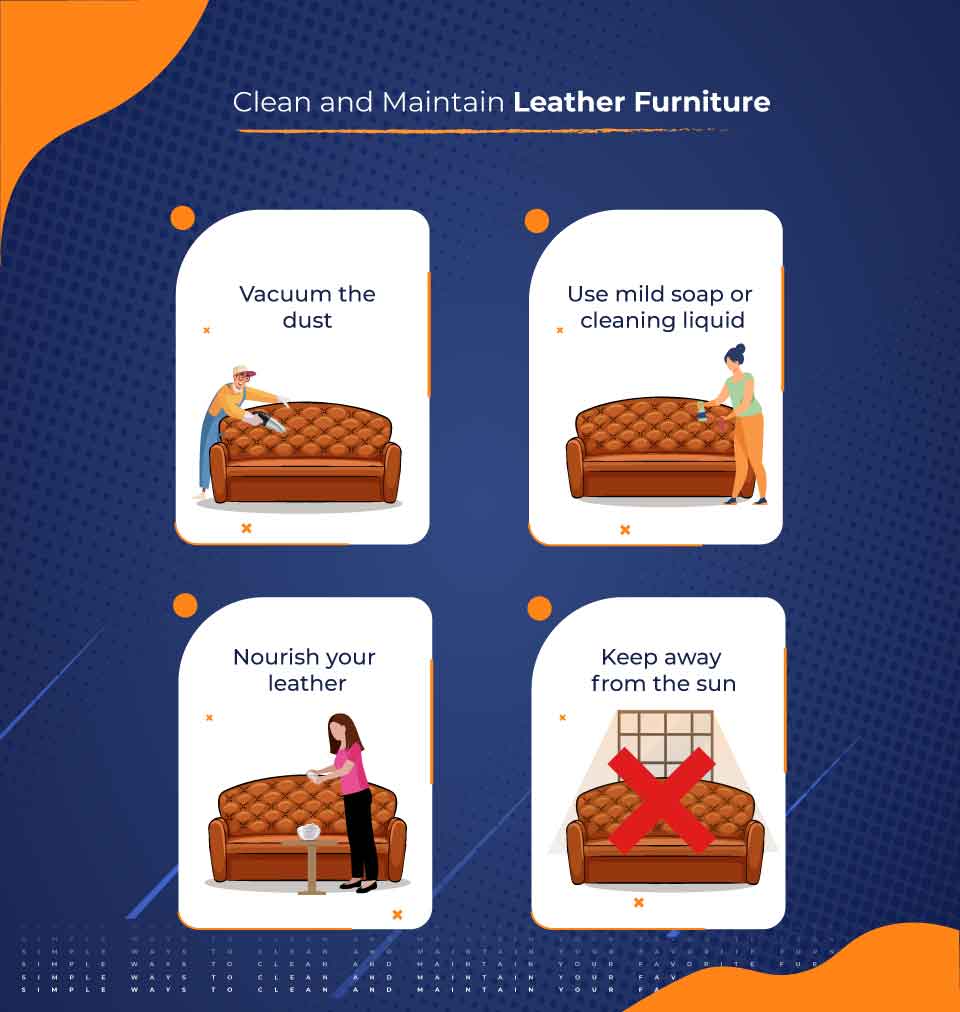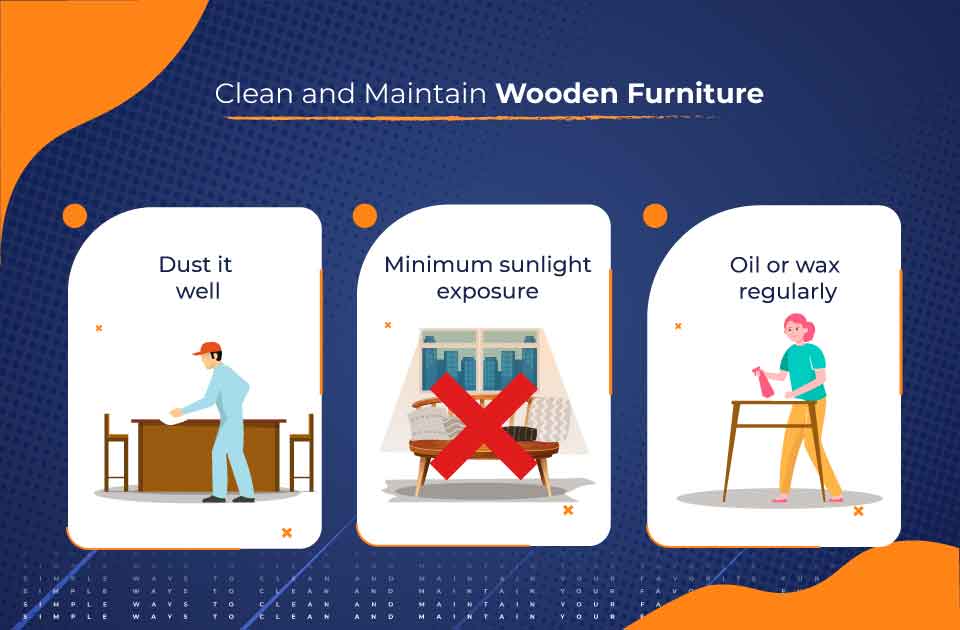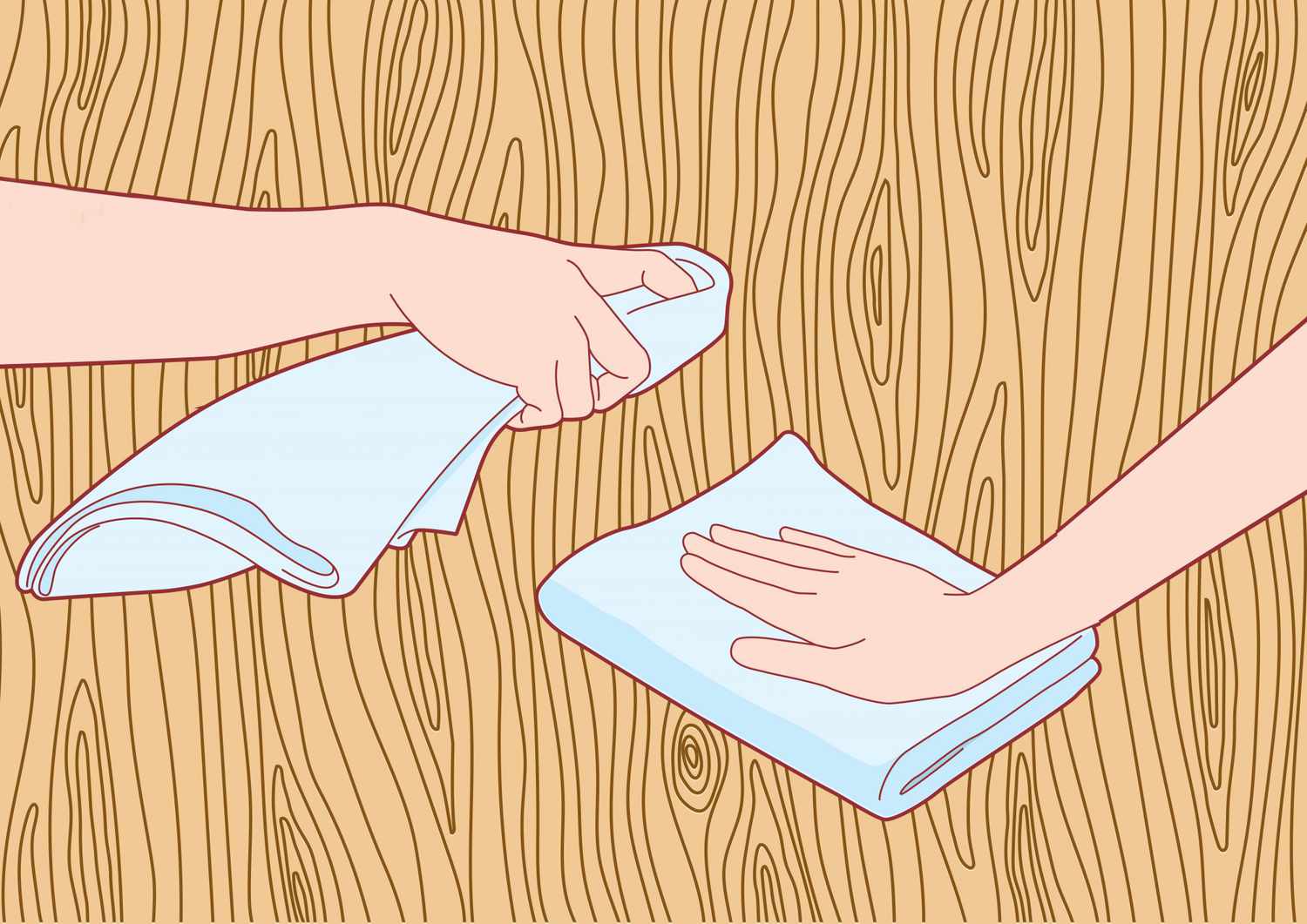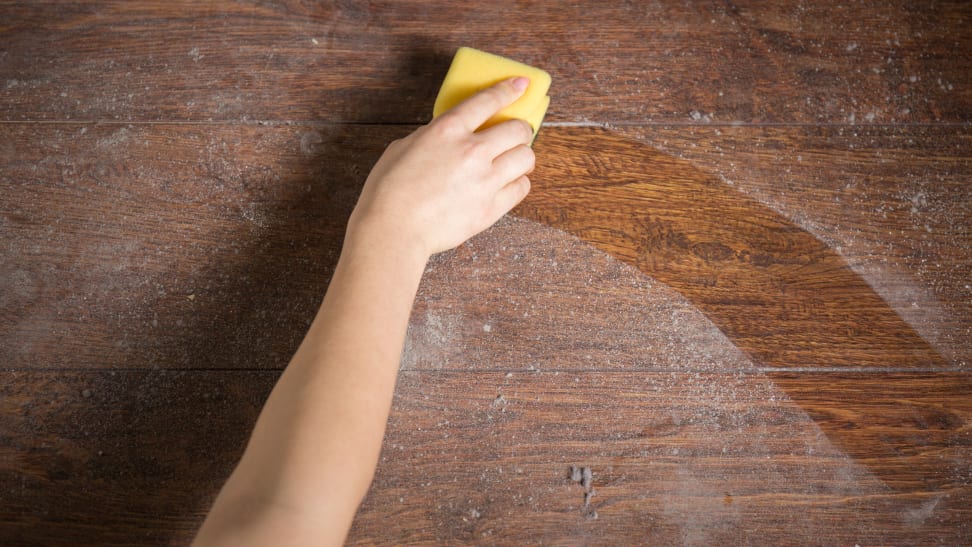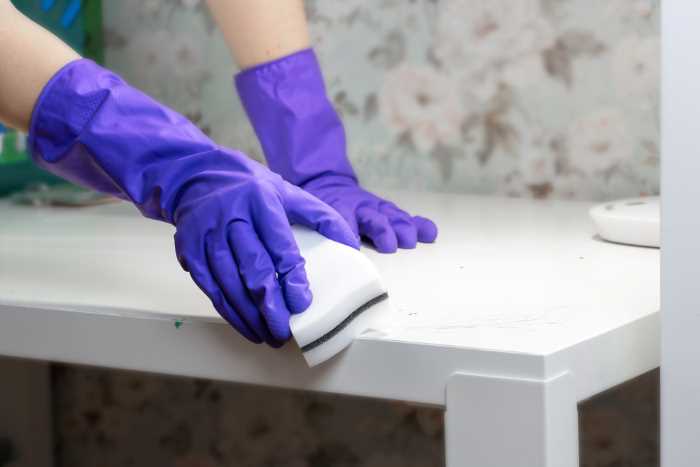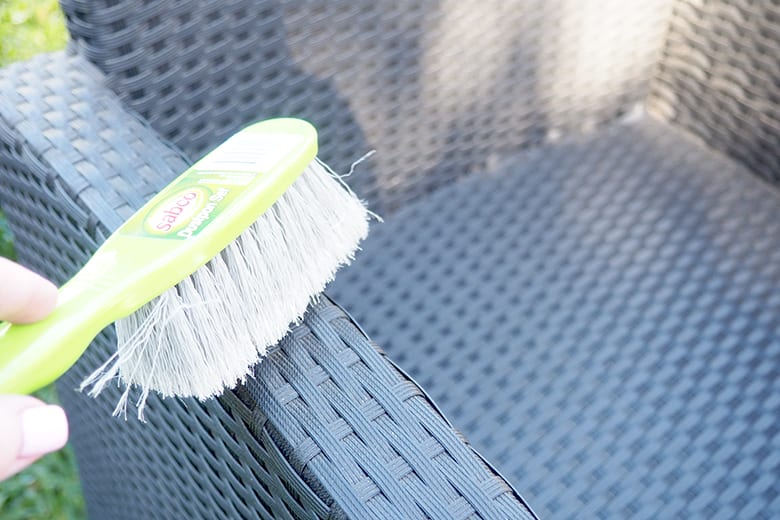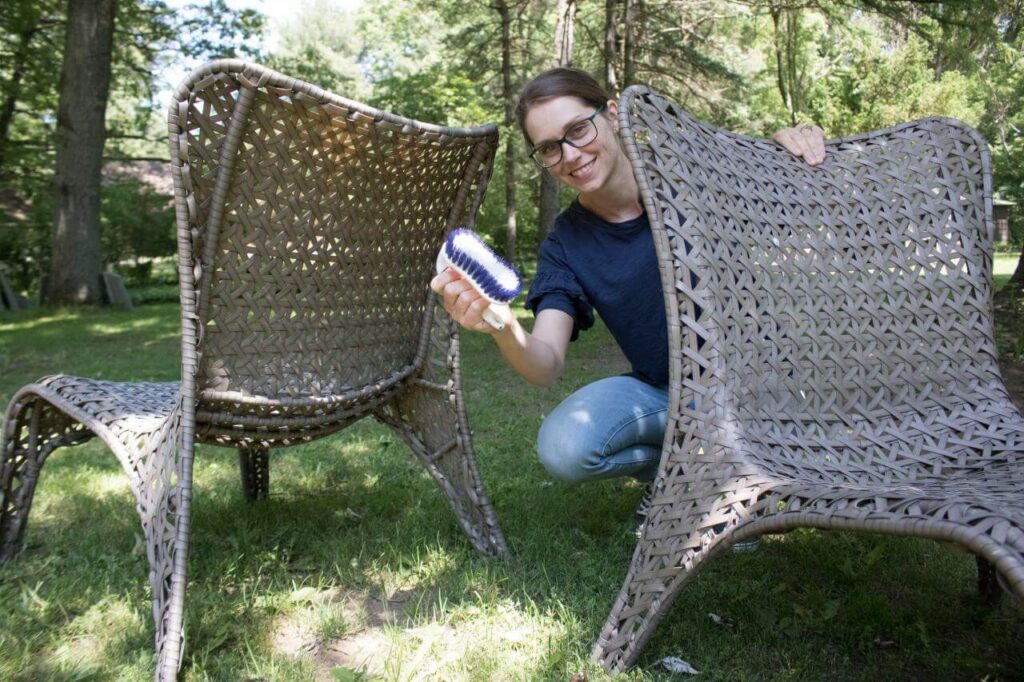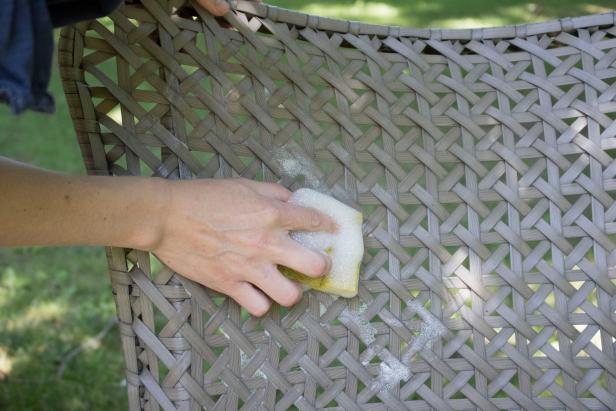Table of Contents
It is not difficult to keep your furniture clean. There are simply 5 ways to clean furniture. However, properly caring for your furniture, whether it is high-end or standard sofas and tables, is critical. Your furniture will look as pleasing as new if you perform routine care and cleaning. Keeping furniture clean makes it more appealing and greatly extends its lifespan.
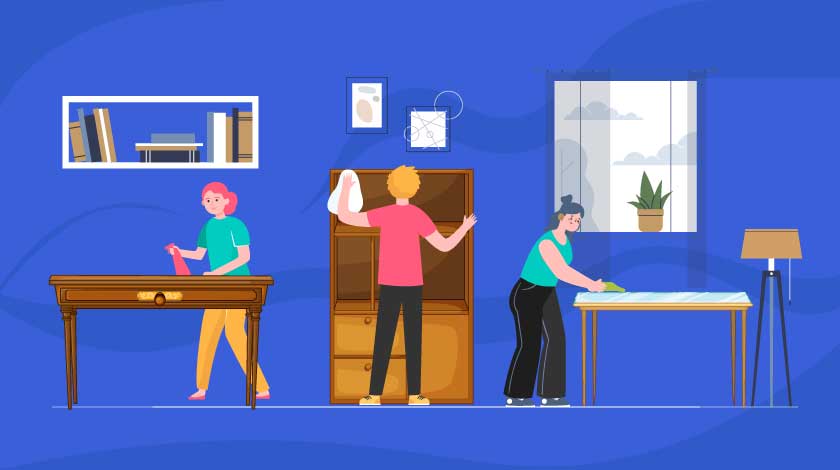
Cleaning a whole house’s furniture can be daunting. Most of the time, regular dusting and vacuuming, combined with semiannual deep cleanings, will keep your furniture looking great. So, let’s look into the 5 ways to clean furniture.
Way One: Cleaning Upholstered Furniture – 5 ways to clean furniture
Keeping upholstered furniture away from direct sunlight and other heat sources is critical. Using an attachment to vacuum the furniture is ideal for getting into the nooks and crannies of the upholstery. You can rotate cushions and pillows weekly to ensure that both sides wear evenly over time. Scotchguard can be used to repel stains and spots.
Use a damp cloth to clean dirty upholstered furniture. You can use a steam cleaner if it doesn’t remove the stain. This will revitalize your fabric. If the stain persists, try vinegar and baking soda solution. The stain will be pulled from your upholstery as a result. However, use distilled water.
Procedures for cleaning Upholstered Furniture – 5 ways to clean furniture
- Vacuum it
Vacuuming your furniture regularly is the simplest way to keep it clean. Make an endeavor to clean the cracks and crevices between cushions on your furniture, such as the spots where the arms of a sofa meet the rear. Remove the cushions and vacuum all sides of them.
The fiber density of microfiber furniture makes it stain-resistant and allows most dirt and debris to be easily brushed away. Brush it down before vacuuming.
- Check the tags for more information.
If your furniture needs a solvent-based cleanser, you should buy and use one; if your furniture requires a water-based cleaner, you can easily make one at home. Consult an experienced person if you no longer have the tag. The commonly seen tags are:
- W stands for water-based detergent.
- S denotes cleaning with a water-free product, such as a dry cleaning solvent.
- WS denotes that either a water-based or a water-free cleaner is appropriate.
- X denotes professional cleaning only, though vacuuming is permitted.
- Using dishwashing liquid, make a water-based cleaner at home
Fill a spray bottle midway with water, then add a couple of drops of liquid dish detergent (not powder). Add a capful of white vinegar and a few pinches of baking soda to combat odor. Shake it up thoroughly.
- In an inconspicuous location, test the detergent mixture
Dip a sponge into the detergent and rub it on the back or underside of the upholstery, preferably somewhere it will not be seen. Wipe the spot dry with a cloth before allowing it to air dry completely. If there is discoloration, do not use the detergent mixture. Consider having the furniture professionally cleaned instead.
- Using a sponge, dampen stains.
As you work, rub your mixture into the furniture with a sponge and pat the upholstery dry with a cloth. Allow the detergent to sit and penetrate any stains or tough spots for several minutes.
- Immediately blot up any future spills.
The best way to avoid future cleaning sessions is to respond quickly to spills, treating them before they stain too badly. Blot liquids rather than scrubbing or rubbing them. Vigorous movement can work the liquid further into the furniture at this stage, so the goal is to absorb as much liquid as possible before it soaks in.
Way Two: Cleaning Leathered Furniture – 5 ways to clean furniture
Leather is susceptible to cracking and drying out. As a result, keep leather furniture at least two feet away from direct sunlight and other heat sources. Dust your leather with a damp sponge/cloth as usual.
Dirty leather furniture requires special attention, particularly if you want to clean white leather couches. You can use a cloth and 1/4 white vinegar to 1/2 water. You can wash it with leather saddle soap and dry it with a cloth.
Procedures for cleaning Leathered Furniture – 5 ways to clean furniture
- Vacuum your furniture
To avoid damaging the furniture, vacuum it with a soft brush attachment. Regular vacuuming, as with upholstery, will keep your furniture clean. Remove the cushions to ensure you can reach every nook and cranny in the furniture.
- To remove dirt and minor stains, use mild dish soap and water
In a small bucket of warm water, combine 1 to 2 tablespoons (15 to 30 mL) of mild dish detergent. Then, dip a tidied cloth in the soapy water and wring it out until it is barely damp. Swab down the dirty areas of your furniture next. Finally, using a clean cloth, pat the furniture dry.
Always begin with the mildest cleaning solution and work your way up to a stronger cleaner if the dirt or stain persists. If mild soap does not work, you can use vinegar.
- Use a vinegar mixture to clean your furniture if soapy water doesn’t work
Combine equivalent portions of vinegar and water in a bucket. Soak a rag in the mix, wring it out, so it’s damp but not soaked, and use it to clean your furniture. To avoid spreading dirt, rinse the rag frequently and follow up with a dry cloth.
A combination of cream of tartar and lemon juice makes an excellent spot cleaner for white or beige furniture. Allow the mix to sit in the stain. Wipe away any residue with a clean cloth after 10 minutes.
Rubbing alcohol with a cotton swab removes ink stains and mildew. Work it in, and then use a blow dryer to dry the area.
- Use vinegar and linseed oil to condition the leather
Vinegar to two parts linseed oil should be used. Shake it well, then rub it in for 10 minutes. Then, using a cloth, buff it out.
Another option is to re-moisturize the leather after cleaning it with a leather cream.
- To avoid cracking and drying, keep leather out of the sun
Even with diligent care, constant exposure to direct sunlight is bad for leather. Consider moving armchairs or couches away from open windows or closing blinds or drapes when you’re not in the room.
Place leather furniture at least two feet away from any heat sources in your home. Constant exposure can cause cracking and aging of the leather.
Way Three: Cleaning Wooden Furniture – 5 ways to clean furniture
Not all wood furniture is the same. Begin by determining which finish is on your wood. Once you’ve determined the type of finish on your wood, you can look into the best care for that finish. This includes wood conditioners and cleaners. There are various protocols for removing built-up dirt depending on the finish. You can clean all wood with a dry cloth.
Please make certain that it is lint-free. Polishing your furniture will help bring out its natural luster. For periodic cleaning, a small amount of furniture polish on a cloth is also a good option. The furniture polish you choose should be the same type you regularly use.
For example, if you use oil-based products, do not use wax-based products, and vice versa. For best results, use only one type of polish. This will keep polish smudges at bay. Remember to swab in the direction of the wood as well. If you have antique wood furniture, you may require a gentler routine.
You can use mineral spirits and a lint-free cloth to remove built-up dirt. Use the product all over the piece of furniture. The finish may appear uneven if you only clean one area.
Procedures for cleaning Wooden Furniture – 5 ways to clean furniture
- Choose the finish for your furniture
If unsure, the correct procedure is to start with a mild cleaner and work up to stronger cleaning methods based on how the furniture reacts (or lack of one). If you know your furniture is stained, painted, or otherwise finished, use a method appropriate for that finish.
As a general rule, when cleaning wood furniture, don’t use too much water, and don’t leave it on the table for too long. Water can cause warping and crack in the wood.
- Brush away any dust or loose dirt from the wood
Apply a clean cloth to the furniture’s surface to loosen and remove any dust and dirt. Avoid using feather dusters on wood furniture because their quills can scratch it. Use cloth instead.
- Employ mild soap and water to remove dirt and stains
In a small bucket of warm water, combine 1 to 2 tablespoons (15 to 30 mL) of mild dish detergent. Wring out your cleaning cloth after dipping it into the soapy water. Then, using the cloth, wipe down the wood furniture. Then, using a clean cloth, dry the furniture.
Use mild soap and water before other cleaning products because it is gentler. If the dirt or stains remain, use mineral spirits to clean the wood.
- If the soap doesn’t work, rub the wood with mineral spirits
Mineral spirits, such as paint thinner, are excellent for removing accumulated grime. Pour the spirits into a rag and rub the furniture gently. When using mineral spirits, work in a well-ventilated area. With a damp cloth, remove any remaining cleaner.
Though most wooden furniture is safe, you should test an inconspicuous area (such as an underside or chair leg) to ensure your furniture does not react negatively to the cleaner.
- To use on finished wood, make a turpentine mixture
Shake three-quarters of a cup of boiled linseed oil and one-quarter cup of turpentine in a jar. You can find both of these components at most hardware stores.
Commercial furniture oil is also available for the same purpose.
- Work the turpentine mixture into the wood.
Pour some on the table, followed by some on a steel wool pad. Along the grain, rub the mixture in. After that, polish with a soft rag. This combination is effective on both finished and unfinished wood.
It improves the gloss and durability of finished wood while also preventing drying and cracking in unfinished wood. Allow the furniture to air dry after thoroughly rubbing in the oil.
Steel wool may appear harsh, but the finish on most wooden furniture is thick enough to protect the wood from damage.
- Lemon oil should be used to buff waxed or varnished surfaces
Wet a cloth, add a little oil, and wipe down the piece. Then, buff the surface, leaving as little residue as possible.
- To protect unwaxed furniture, apply furniture wax.
Use a cheesecloth to apply it liberally in the direction of the grain. After that, buff with a separate cloth.
Also Read: How to Clean a Hat For Best Results- 7 Questions Answered!
Way Four: Cleaning Painted Furniture – 5 ways to clean furniture
Painted furniture is one of the simplest to clean in your home. Painted furniture only needs to be dusted or wiped down once a week. It is critical to avoid leaving any watermark residue on the surface.
These watermarks can become permanent once they dry. It is essential to be cautious of anything you place on painted furniture. Consider using coasters or trays if you intend to place drinks on them.
If your painted furniture has stains, there are a few things you can do to restore your prized possession. This treatment can also help with nicks and scratches. Begin by repairing any damage, such as sanding. Remember to sand carefully and not remove more paint than necessary.
You can carefully glue loose pieces. Match the paint as closely as possible when repainting. Another option is to choose a new paint color and refinish the entire piece. Oil finishes are excellent for protecting and sealing painted furniture.
Procedures for cleaning Painted Furniture – 5 ways to clean furniture
- Wipe it down with a clean cloth
Acrylic and lucite require little maintenance but can be easily scratched by specks of dirt and grime in a cloth used to clean other furniture. To avoid scratches, wipe your furniture with a new or freshly laundered cloth.
- Avoid using Windex or glass cleaners.
Although it may be tempting when your furniture is clear, do not use glass cleaner on acrylic furniture. Cleaners not made for acrylic or lucite can cause your furniture to crack.
Similarly, do not use a solvent to remove something that has become stuck to your furniture. Only use a wet cloth and specially designed cleaners!
- Plastic polish can be used to remove scratches.
If you have scratched your furniture, the polish can repair the scratch. Apply a small portion of plastic cleaner to the scratched surface and buff it gently with a soft cloth.
You should use only cleaners designed for cleaning plastic on acrylic furniture.
Way Five: Cleaning Wicker Furniture – 5 ways to clean furniture
Wicker furniture is made of natural fibers. These fibers are susceptible to drying out. Consequently, it is essential to keep wicker out of direct sunlight as much as possible. Wicker is commonly used for outdoor furniture on patios, decks, and lawns. Covering the chairs and benches when not in use is an excellent solution. This will ensure their survival. Wicker can be cleaned by dusting or vacuuming with an attachment.
It is simple to restore your wicker. The wicker becomes dry and requires moisture to remain pliable – mix water with a mild solution. Allow the solution to seep and soak into your wicker before wiping it down with a clean cloth. Use a small, fine brush with soft bristles to go over areas. This is ideal for removing stains and reaching hard-to-reach places.
Procedures for cleaning Wicker Furniture – 5 ways to clean furniture
- Determine the material
The term “wicker” refers to the construction technique, not the material used. Your wicker furniture can be made of paper, rattan, or bamboo, among other materials, and each requires slightly different care.
- Take out the cushions.
These will be cleaned individually from the furniture, and the manufacturer should include instructions on how to do so on the tag. Make sure you have access to every inch of the furniture’s surface.
- Make use of your vacuum’s brush attachment.
Cleaning wicker furniture with gentle tools is essential. Regularly brushing your furniture will help keep it clean, and using the brush attachment on your vacuum will do double duty.
Use a soft paintbrush to remove stubborn dust. Use a toothbrush to remove hard-to-reach dust.
- Brush with soapy, ammonia-containing water gently.
In a bucket, combine one-part ammonia and two parts water, then add a squirt of bleach-free dishwashing liquid. A brush is the best cleaning tool, but cloth will suffice.
Before mixing chemicals, ensure you’re in a well-ventilated area and wear gloves when handling ammonia. Do not lean against the bucket.
Bleach-free is essential here. The combination of ammonia and bleach produces extremely toxic fumes. Get some fresh air immediately if you feel dizzy or nauseous while mixing your cleaners.
Wicker furniture should be handled with care at all times, including cleaning. Stiff brushes (and anything more abrasive) can cause extensive damage to your furniture and necessitate professional intervention.
If you have paper or grass wicker furniture, you can skip the cleaning agents and simply wipe it down with a damp cloth. Wicker furniture only requires deep cleaning once or twice a year.
- Put it out to dry
It may take several days to fully dry, but it is critical to completely dry your wicker furniture. When wet, cane, grass, and bamboo can gradually revert to their non-wicker shapes.
You should thoroughly dry wicker furniture after cleaning and not saturate it with water. You should never sit on wet wicker.
On the other hand, wicker furniture should not be left outside all day. To prevent the material from splitting, chairs and tables that spend a lot of time in the sun should be turned throughout the year.
- Please keep it away from humid areas.
Even though wicker “likes” humidity, humidity promotes mold growth and shape distortion in wicker furniture.
If you want to keep your furniture for a long time, store it in climate-controlled areas of your home. Unless you live in the desert, your wicker furniture will not fare well on the porch.
Regularly clean your wicker with a damp cloth if you live in the desert. Without proper care, dry climates, such as direct sunlight, can cause wicker to crack.
5 ways to clean furniture: Popular Tips
- Keep furniture away from immediate sunlight and heat. Heat and sunlight will deteriorate your furniture. This is especially true for wood, leather, and certain upholstery and paint finishes.
- Avoid disclosing your furniture to extreme temperature changes. This includes vents, air conditioning, and heating.
- Avoid directly placing plastic/rubber materials on your furniture. Plastic and rubber materials can emit particles that harm delicate furniture.
- To protect your furniture from beverages and flowerpots, use felt or pads.
- Clean up spills as soon as you detect them. This is important to prevent spills from seeping into your furniture and making them difficult to remove later. Blot the stain instead of wiping it away.
To end with
We frequently overlook cleaning and maintaining the furniture. However, cleaning it regularly and making it a habit is critical. Imagine your favorite piece of furniture being damaged due to neglect; it must be worse than heartbreak, right? The article mentioned a few simple cleaning and maintenance tips for each type of furniture.
5 ways to clean the furniture yourself is not that difficult. When cleaning furniture, whether daily or in special care, the goal is to keep the glamor and polish for as long as possible. Cleaning solutions are classified into waxes, polishes, and silicones.
Polishes are generally recommended as the product of preference. If not used carefully, waxes can cause a significant build-up on furniture. On any of your furniture, avoid using abrasive cleaners. Natural, gentle solutions are preferable, especially for expensive/delicate furniture.
The life of furniture is determined by how well it is maintained; proper care and maintenance can extend its life. You don’t have to be skilled to care for your furniture; simply follow these simple steps, and your furniture will look refreshed.
Furniture is a one-time buy for a household; if any furniture is broken, you can use your DIY skills to repurpose it as another piece of furniture or home decor.


